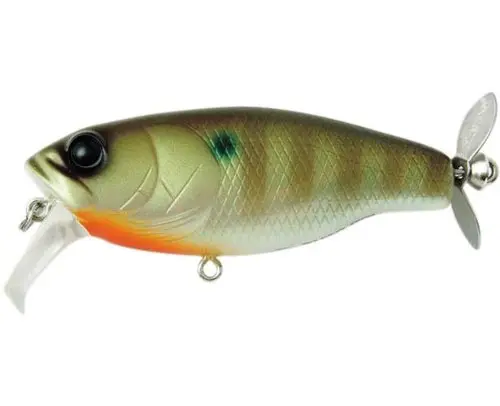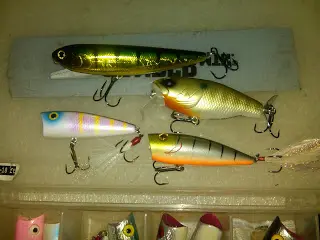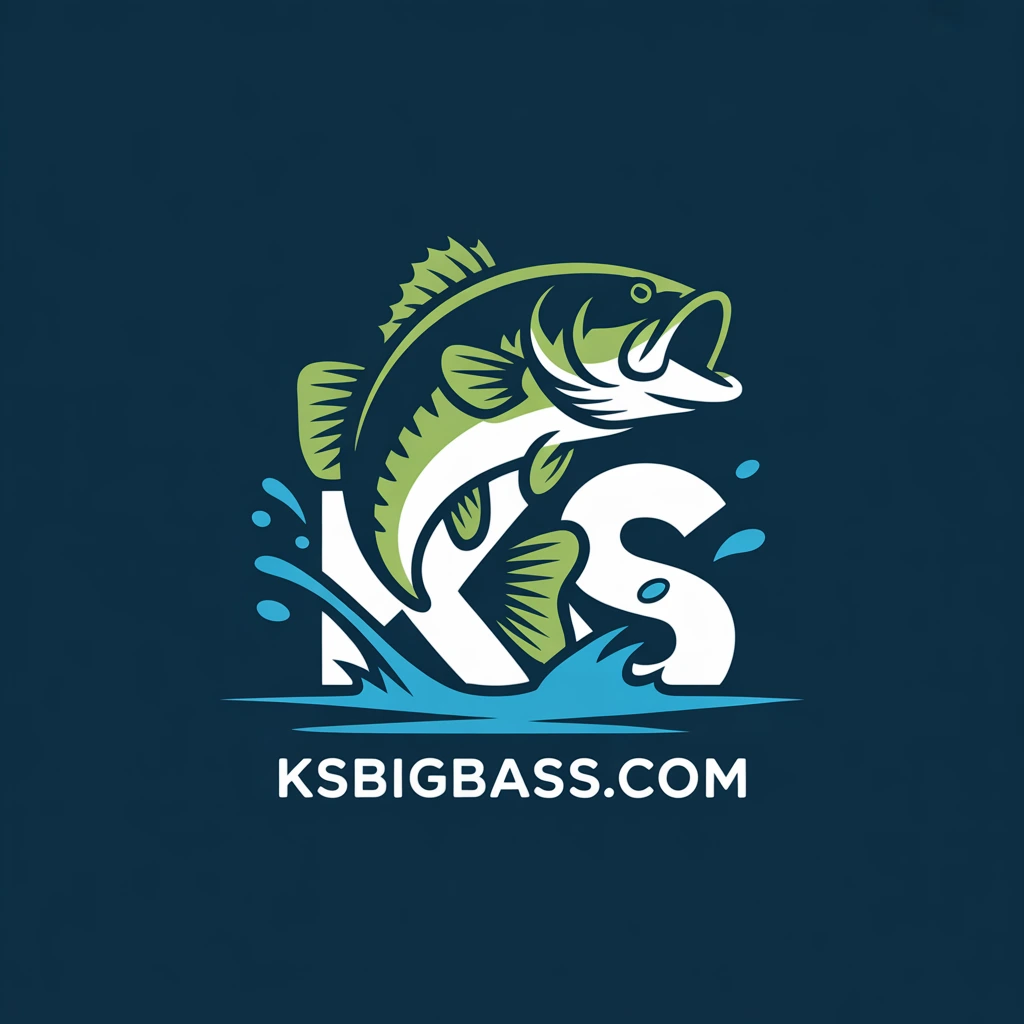Don't Miss This Key Element: Bluegill-Pattern Topwaters

I’m heading to Table Rock Lake for a much-needed week of fishing. As I prepare—checking water levels, temps, and local guide reports—one thought keeps dominating my mind: throwing a bluegill-painted topwater for monster bass.

Bluegill-pattern topwaters are deadly during the spawn
How Often Are You Throwing Baits That Imitate Sunfish?
There’s a reason fish biologists use sunfish as the primary forage when stocking bass ponds. Bass are hardwired to hunt them. Whether it’s bluegill, green ear, redear, rock bass, or pumpkinseed, these sunfish species form the backbone of the bass diet throughout the United States.
During late spring and early summer, sunfish spawn in shallow water—typically 2 to 4 feet deep—in the backs of pockets, around sandy secondary points, flats, and especially near boat docks. While many anglers migrate to deeper water searching for summer patterns, I grab a topwater and head straight for the gills.
The Sweet Spot: Where Bluegill Meet Bass
The magic happens just beyond the first drop-off, adjacent to sunfish spawning areas. This is prime territory for post-spawn female bass looking to pack on weight after the rigors of spawning. These big sows will launch themselves out of the water with explosive fury to crush a bluegill-painted walking bait or popper.
The violence of the strikes during this period is unmatched. There’s something primal about watching a 5-pound largemouth annihilate what it thinks is an easy meal hovering over a bluegill bed.
Make the Connection
Refresh your tackle box with bluegill-pattern lures this season. Match the natural forage, fish the right zones, and you’ll connect with the bass that are actively cruising for an easy sunfish meal.
Tight lines,
@ksbigbass
